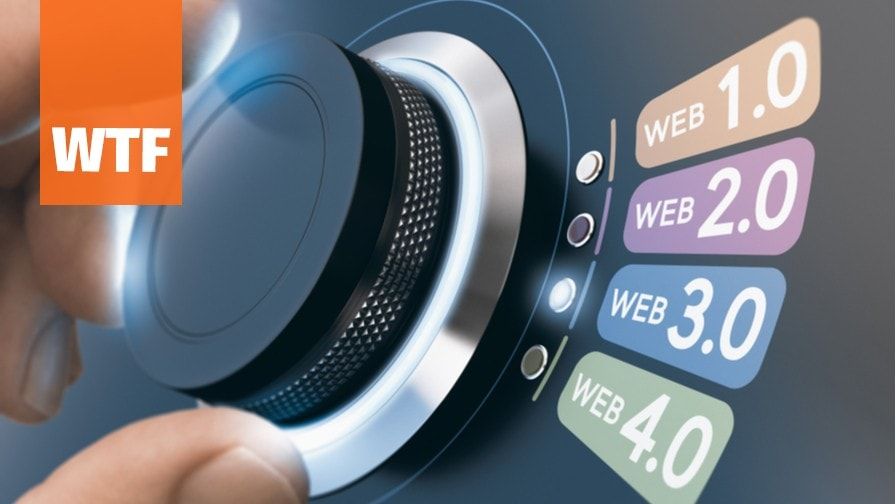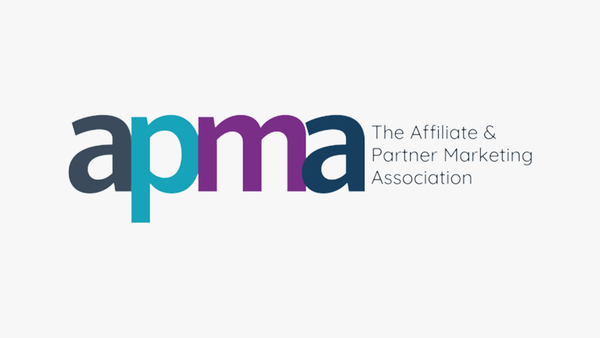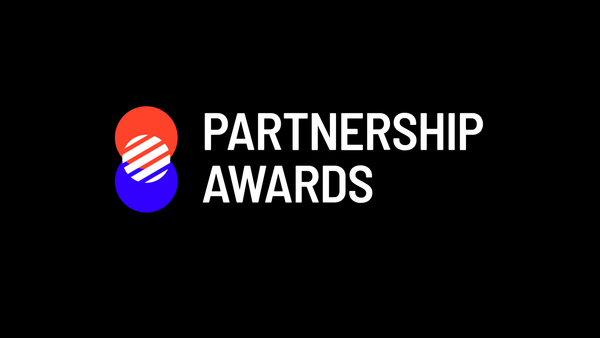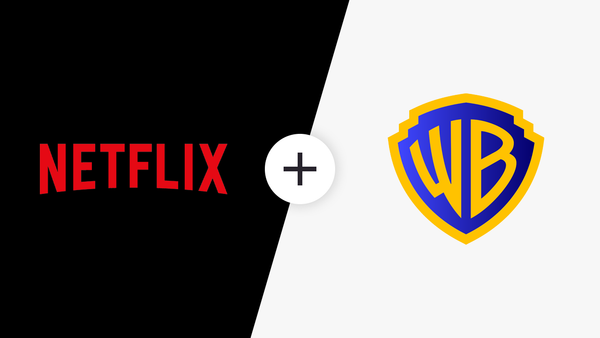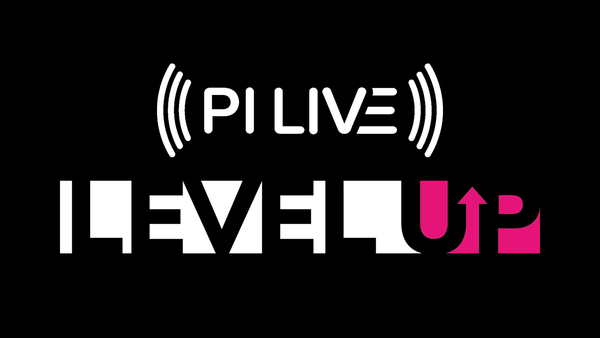Talks and speculations about Web 3 or Web 3.0 are raging. Web 3.0 is a new concept of the internet, which will be based on decentralisation, and less control and censorship over the webspace. That’s why some call Web 3.0 the revolution of the internet and others are a bit frightened by it. It’s time to discover what Web 3.0 is, what opportunities and threats it brings to the table, and how those will change the performance marketing landscape.
Evolution: from Web 1.0 to Web 3.0
Web 1.0 was essentially just a “collection” of static sites with information for browsing – you can think of it as newspapers or a giant digital library. Users could download books, read articles, watch the news and download their favourite music and movies. Only resource owners and webmasters could create and control such digital content. Users could not interact with web pages – no authorisation, logins, signups, no comment posting, no content creation or editing whatsoever was possible between 1991 to 2004.
Web 2.0 spans the timeframe from 2004 until now. The advent of social media, or Web 2.0 has turned the internet into an interactive space thanks to advances in web technologies such as Javascript, HTML5, and CSS3. Based on those technologies YouTube, Facebook, Wikipedia, and other interactive platforms were created – they gave a real start to the user-generated content era.
Now we share personal information with a large number of sites. We create content, leave comments, register personal accounts, make purchases and leave plenty of digital traces on the web. Resource owners, meanwhile, collect this information and use it to personalise our digital experience by showing the recommended content or offering us products and services based on gathered data. Mainly it happens through performance marketing methods such as PPC advertising and social media.
Web 3.0 is a new era of the internet that will be based on Blockchain or other decentralisation technologies. Blockchain allows anyone to deploy nodes and manage them, thus, the internet will no longer be “living” on servers. In simple terms, no web service or source will be able to block or delete your account because there will be no centralised authority, decisions will be approved by network participants, everyone on the network will have permission to use a specific service, and so on. In the nutshell, the work of Web 3.0 will be governed by the principles of technology it will be based on – blockchain.
Web 3.0 – what’s significantly new?
The main advantage of Web 3.0 is that it is supposed to solve the biggest problem of Web 2.0: the collection of personal data by web sources, which can be misused or sold to third parties. In Web 3.0, the web is decentralised so no one controls it, and decentralised applications (Dapps) built on top of the web are open.
The openness of the decentralised web means that no party can control the data or restrict access to the web resource or service. Theta network is a good example of it, this Web 3-based service for creating, publishing, and sharing video content stores content in nodes. In addition to this blockchain solutions have many other advantages. For example, all interaction and all data on the network can be tokenised, which means that users will get the opportunity to be rewarded for certain actions (e.g sharing their data, etc.)
How Web 3.0 will reshape the performance marketing landscape
Programmatic: The monopoly of walled gardens will be gone. Almost 90% of sites and web services are now focused in the hands of several digital giants. With this digital platforms own almost all that the user posts and creates. Services sell this information to advertisers or use this information on their own ad platforms to stimulate the economy of attention.
In Web 3.0 tokens and cryptocurrency can be used to develop completely new business models and economies. For example, ads on a decentralised web will no longer rely on selling user data to advertisers but instead will reward users with tokens for viewing ads. An example of such initiative we can see in Brave Browser and their Basic Attention Token (BAT). In such circumstances, the monopoly of walled gardens will go to the past, users will get a fair value exchange for their data, and advertisers will compete on equal terms.
Ad platforms: More security and transparency. Blockchain is supposed to decentralise and redefine the digital ecosystem inside out. Another bonus is, innate to this technology data security can effectively fight problems associated with ad fraud and privacy protection as blockchain eliminates the risks of data leakages. In the blockchain, all data is getting registered at the decentralised ledger and can’t be modified or erased by a single entity. When users will have direct control over their data and privacy, the web space will turn highly user-centric, transparent, which will promote consumer trust.
Banner & display ads: improved targeting and user retention. No one likes to be bombarded with irrelevant ads, but when commercials match the interests of users, advertising can be useful and even helpful. The Web 2.0 era gave a giant push to individualised advertising experience based on user data. This helped to suit advertising experience up to the potential customers. However, the growing privacy concerns resulted in tightening global privacy regulations (GDPR, CCPA), which made it impossible to use user data for targeting without data collection consent. Web 3.0 aims to improve ad matching by using smarter AI and ML systems to identify and refine relevant audiences. The Semantic Web allows computers to analyse a wealth of data on the web, including content, transactions, and the rest of subtle details.
Search Engine Marketing: going beyond the keywords. Search engines have already evolved to the point that they don’t rely only on keywords, they use dozens of other signals to correctly interpret the true meaning of the webpage (including latent semantic indexing). The application of the semantic web will allow computers to decode the meaning of the content through more profound data analysis. Along with this Google has launched Google Commerce Search 3.0 so that brands could increase sales and usability via customised results. It is enabling a direct connection between online product data presenting visitors with the certain information that they need to make purchase decisions.
Social media: power back to content owners. In Web 2.0 content that authors create on social media technically belongs to platform owners – Facebook, Twitter, YourTube etc. In case the internet will be based on blockchain, all publications on social media will belong to the authors. A token-driven web economy means the users will be able to monetise their data and content in social media. They also will be able to buy items directly from online stores (in exchange for tokens). Smart contracts (which are part of blockchain technology) will automatically check the transactions and verify if conditions are met that will contribute to higher trust between brands and customers.
To wrap it up
Web 3.0 will embark us on the new chapter of the digital economy where decentralisation helps users receive value for their data and advertisers get equivalent chances to access it. Additionally, with a decentralised ledger of blockchain the user data will no longer be the subject of hacking, which will elevate user trust. The users will obtain ownership over their data and content, so they will be able to monetise it and share with brands in exchange for tokens. The innovations in semantics and data processing, meanwhile, will help advertisers to enrich the advertising experience without compromising privacy and user experience.

